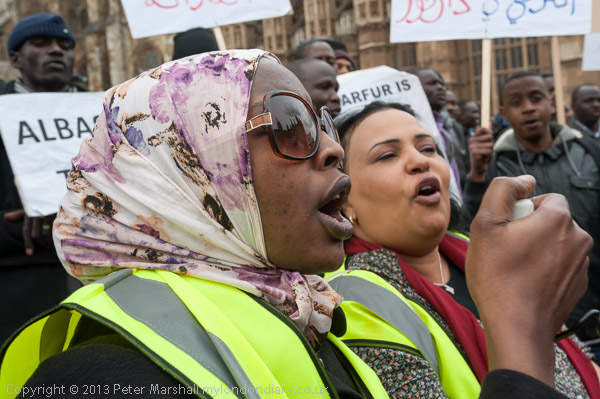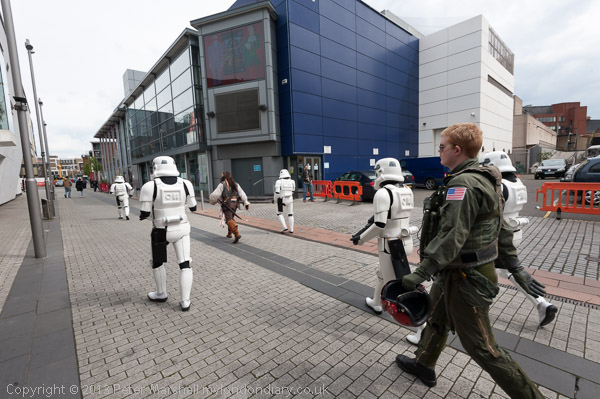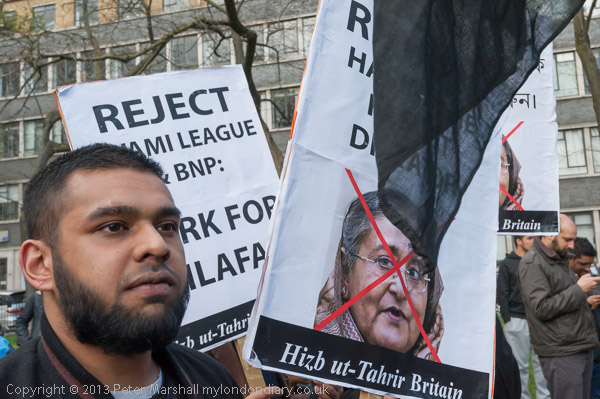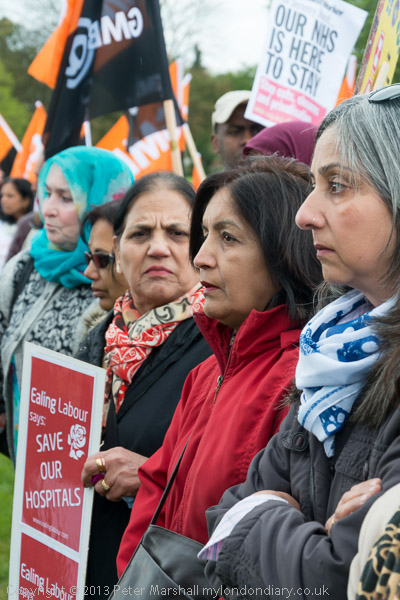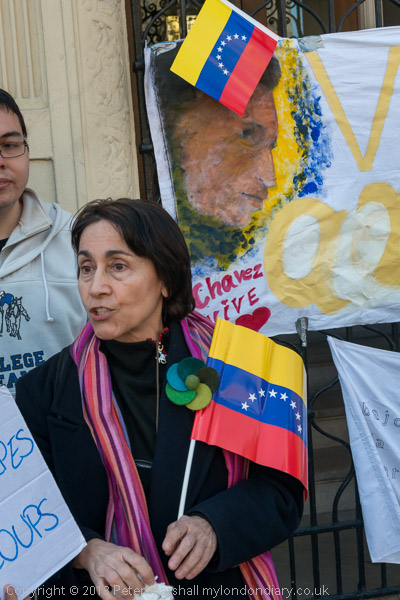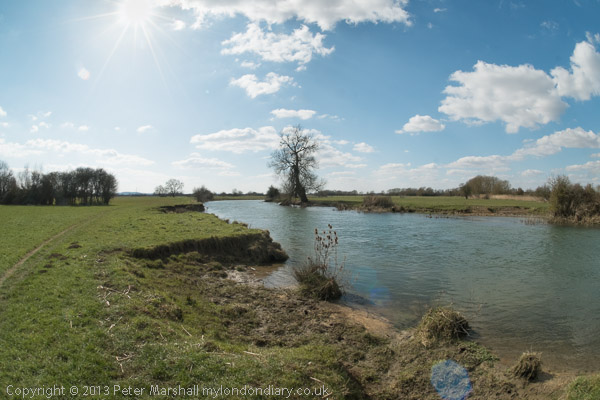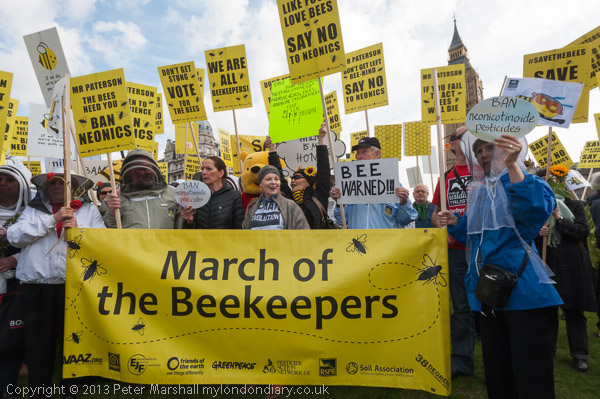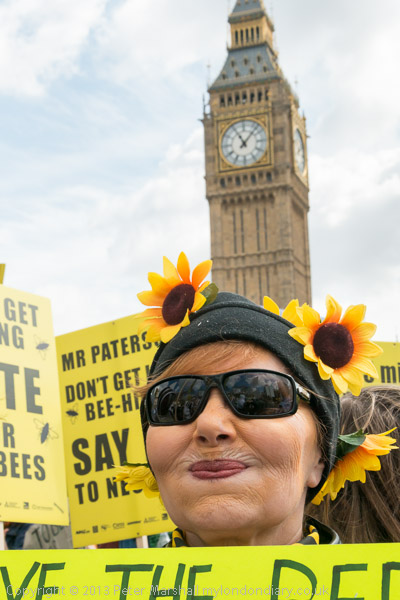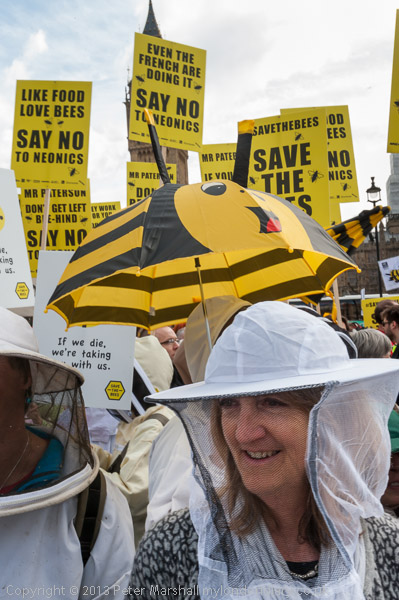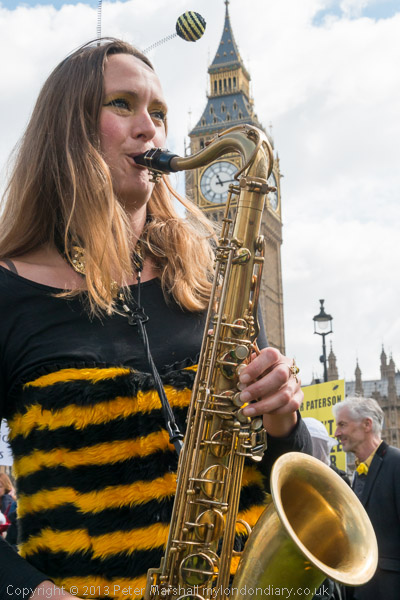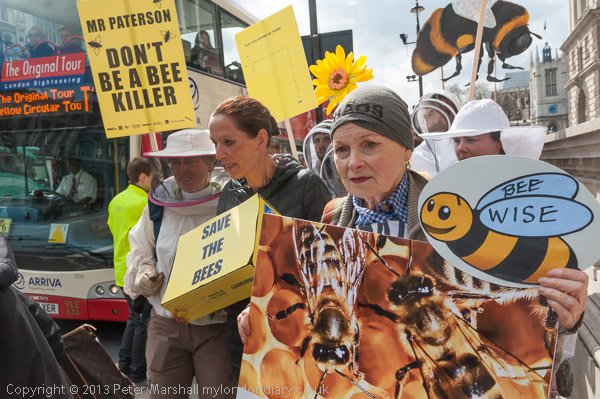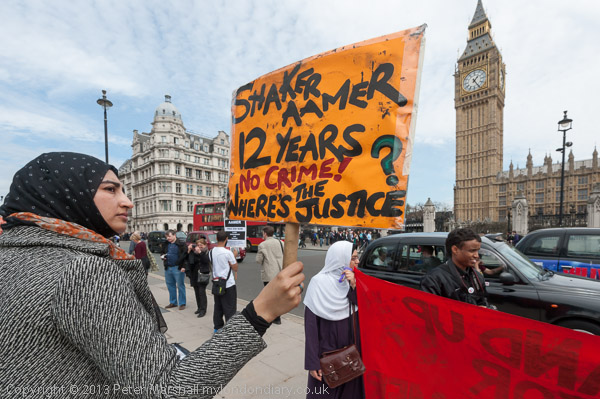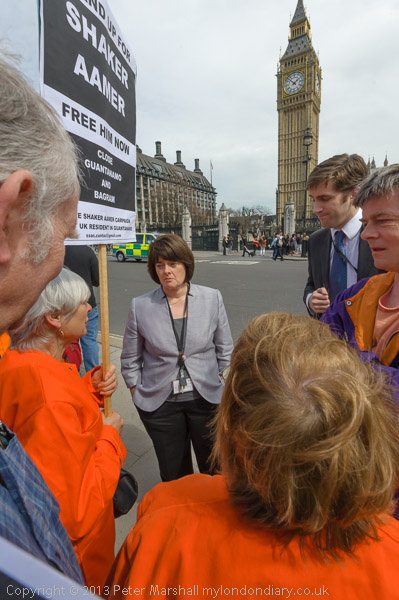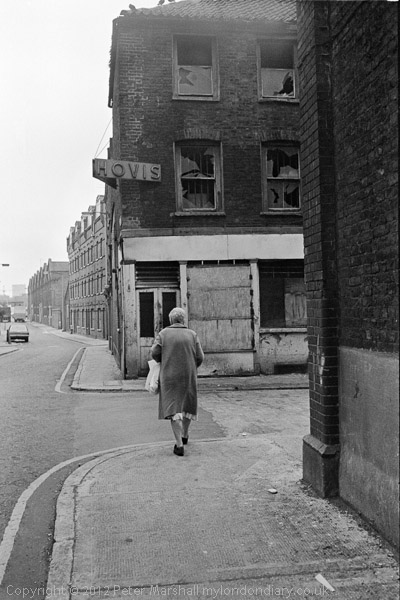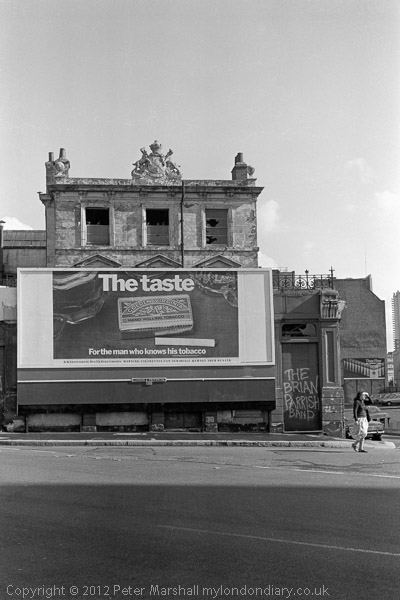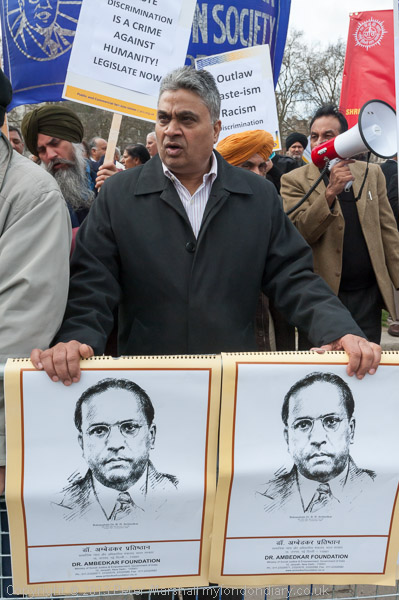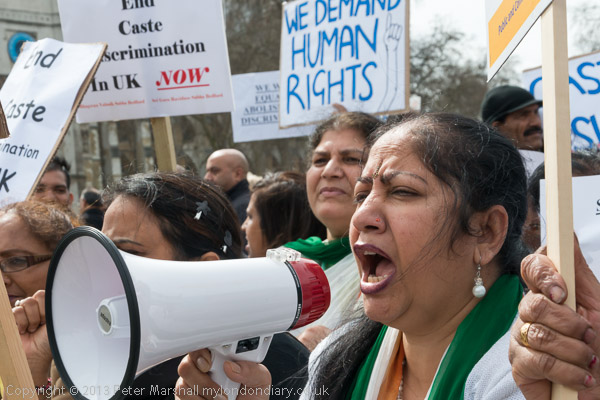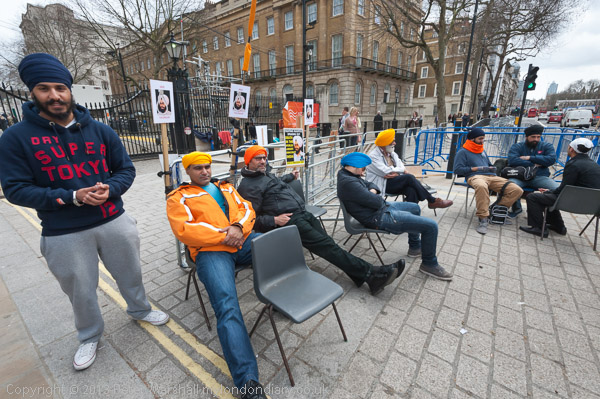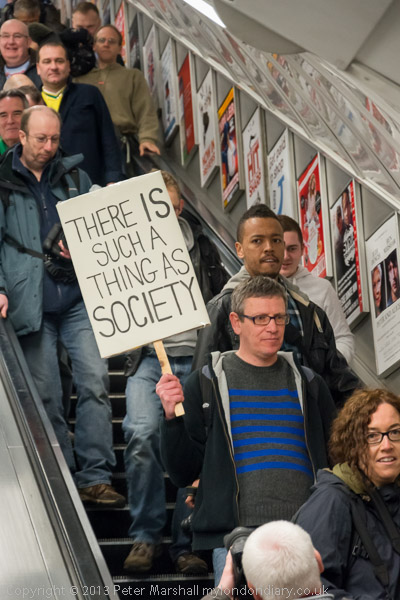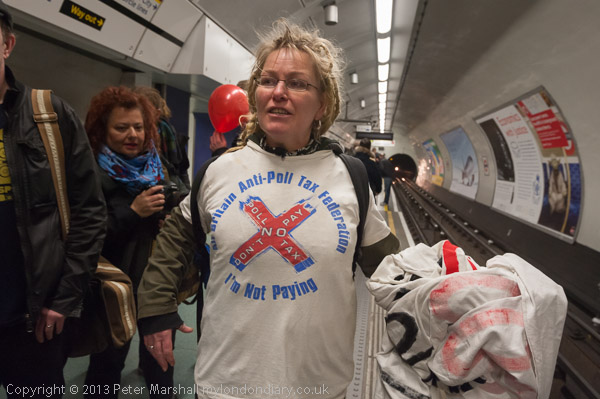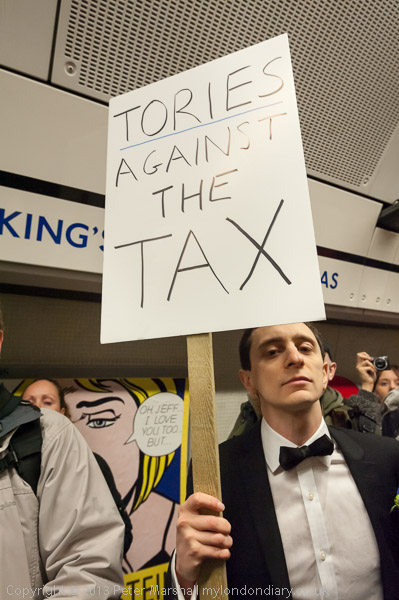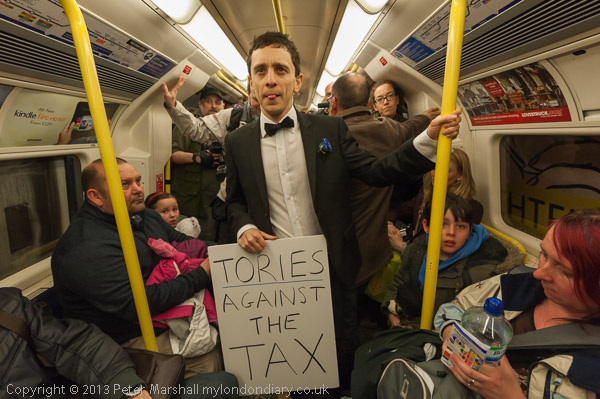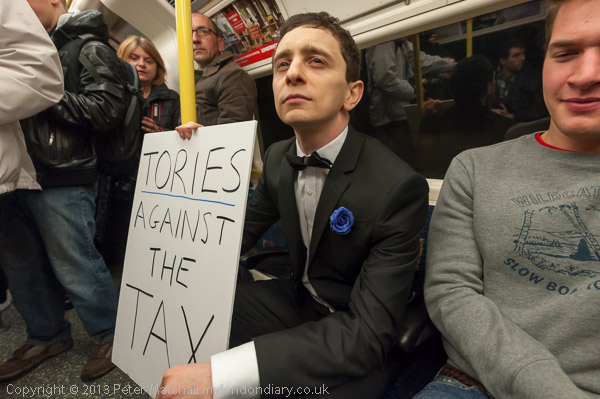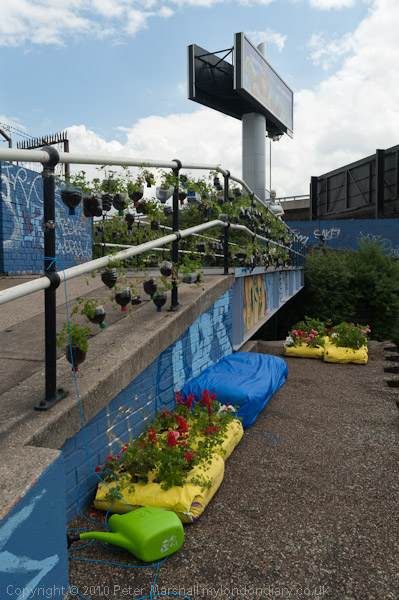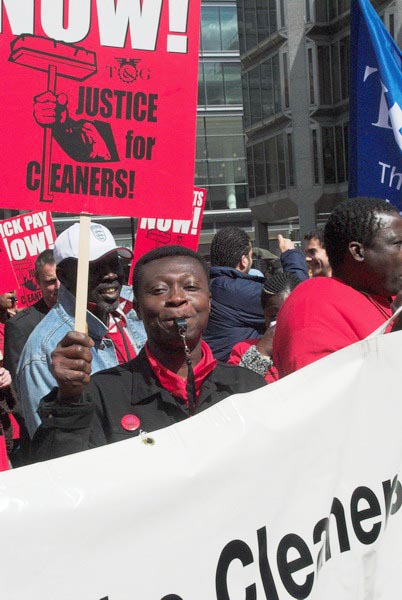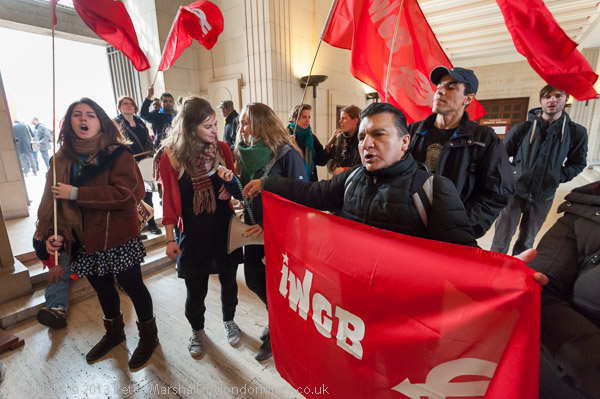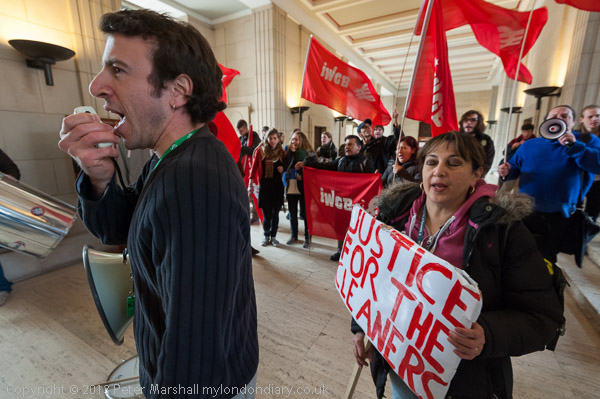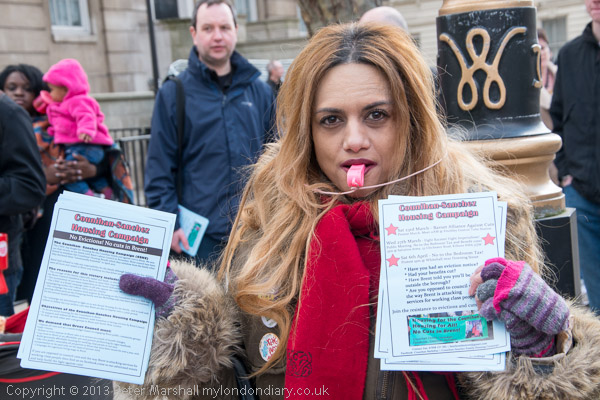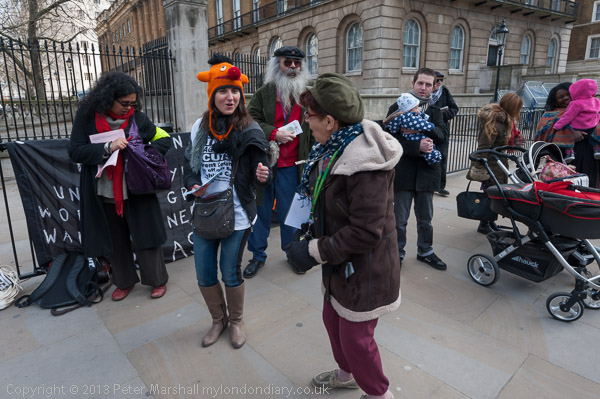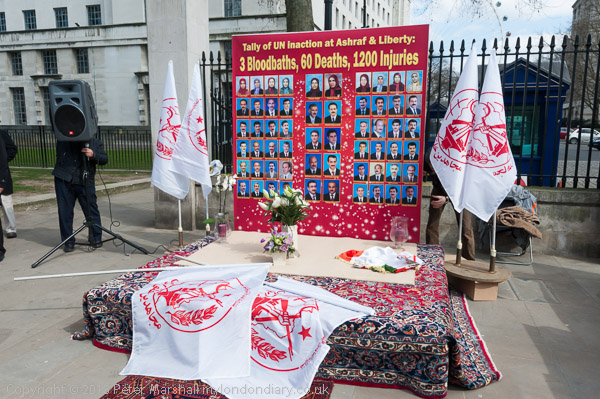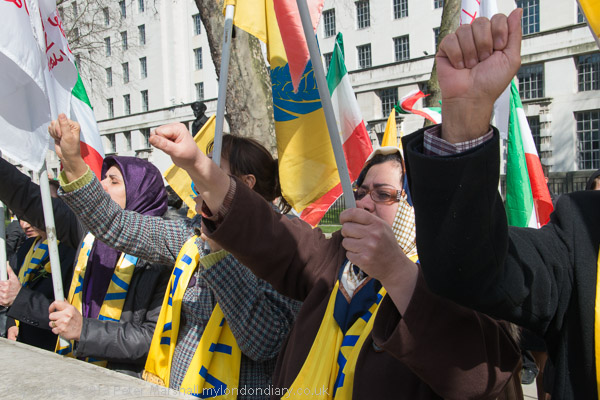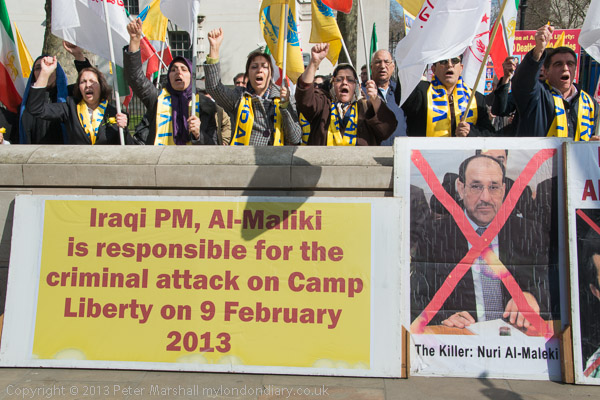When I get news of a forthcoming protest – from any of a wide range of sources – I put it in my diary and usually on the night before I copy down the relevant details onto a small sheet of paper, usually around A6 in size to put in my pocket when I go to take pictures. Sometimes I need to do a little research, both to find out what the particular event is about, and sometimes to check on travel times, ways to travel and so on. Some days very little seems to be happening, and on other days events in London are just like the buses, they all come along together.
Saturday April 20th was one of those days when quite a few things were happening (or were supposed to be happening) and it wasn’t physically possible for one person to be at all of them. So I’d spent some time deciding which it was feasible to cover, thinking about when I would need to leave one event to be at the next one in time to take pictures and how I would travel between them.
On paper it looked good, and I left home hoping to cover five events, four protests and one of the more commercial events that take place from time to time in Trafalgar Square, that Saturday to celebrate St Georges day (which was actually 3 days later.)
The first event was an annual march to remember the Armenian Genocide, which began with a massacre on April 24, 1915 when the Turkish authorities arrested around a thousand leading members of the Armenian community in the capital city of Constantinople (now Istanbul) and murdered them. Turkey still hasn’t acknowledged its role in the atrocities which continued off and on for the next 8 years with around 1.5 million Armenians being killed. The Armenians demand that Turkey recognise it as a condition of entry into the EU, and also want it to be on the UK National Curriculum.
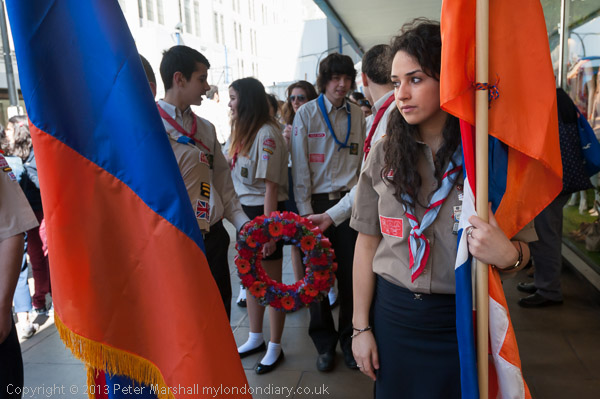
I felt that the picture I took while people were meeting for the march on a side-street on Oxford St somehow fitted well. The national flags, the uniforms, the wreath and of course the expression on the young woman at the right of the image, which for me was one of yearning or longing. Although I doubt if it was for her lost country, it served the purpose.
Technically, the lighting contrast in the scene, with the important figures in the shade and bright sunlight on the background was pretty impossible. Working with flash was out of the question as it would have alerted her and the others to what I was doing. This wasn’t the first frame, but I think the third of the situation,and with flash that girl and probably the others would have been posing for me. giving a very different – and less interesting – image. I realised as I was taking it that it would need considerable post-processing to get the effect I wanted – and it was only just possible.
There was just enough detail left in the over-bright background for me to burn down, and just enough light on the foreground figures for me to work with, altering the contrast slightly and making things a little brighter.
I walked with the Armenians to their laying of wreaths at the Cenotaph – you can see the pictures in Armenians Remember the Genocide – and then left them to go back to Trafalgar Square, where St Georges Day was being celebrated officially. But it didn’t seem to be celebrated at all, or at least not in any interesting way – so after walking around the square and taking a good look at things I crossed that off from my list of events.
Next was a protest against the bedroom tax, also planned for Trafalgar Square, which I expected to take place on the North Terrace, and I sat down on the wall in front of the National Gallery and waited for it to start. By the time I’d finished my sandwiches, there were two people present, along with a pile of placards, and it was around half an hour after the advertised time. I decided it made more sense to do something else, and took the tube to South Kensington, where supporters of the newly elected President Maduro were preparing to protect the Venezuelan embassy from his opponents.
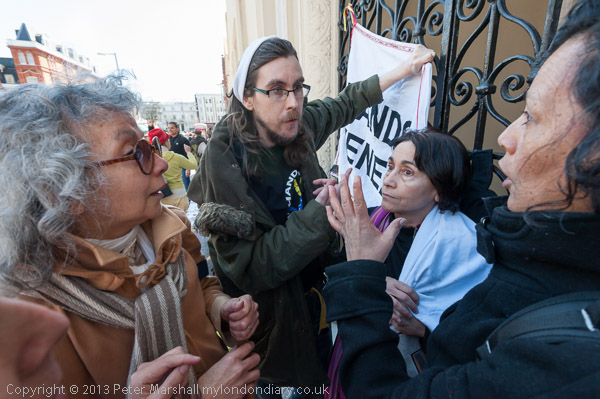
Supporters of President Maduro discuss how they should protect the embassy
There were around 30 people there when I arrived, with a megaphone and the embassy wall had a number of posters and banners stuck to it. The opposition were due to arrive in a few minutes, and there were only a handful of them present, but soon more began to arrive, and an interesting situation developed, with considerable arguments between the two groups, who faced each other a few yards away.
The police were rather late to arrive on the scene, but came eventually and stood in a line between the two groups, though I don’t think their presence was necessary as neither side seemed likely to become physical. Shortly after this I left, intending to return later, as I expected a march to be taking place back in Westminster.
On my way back I took a second look for the bedroom tax protest. Although there is considerable outrage against it, there seem to have been many small uncoordinated protests rather than any large ones in London, and the one I was looking for was still too small to be seen! Nor could I find any sign of the march I had been expecting – so that was the third disappointment of the day.
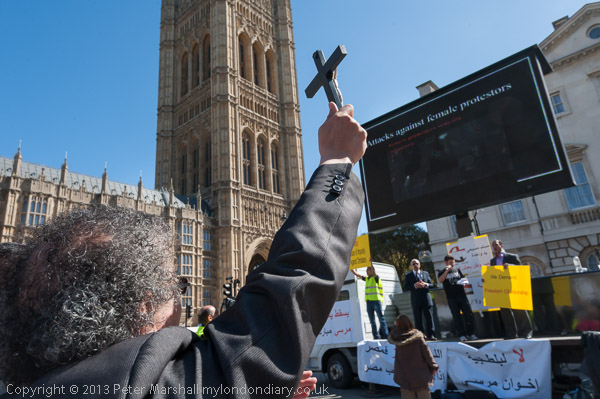
But then I came across a protest – Copts Say End Egyptian Persecution – I’d not known about, taking place in Old Palace Yard, where Copts living in the UK were protesting against the new regime in Egypt, led by President Morsi of the Muslim Brotherhood, which they accuse of being behind recent attacks on Copts, including an attack on St Mark’s Cathedral in Cairo when a funeral was being held of five men killed in earlier violent clashes in the northern suburbs of Cairo. This was something I knew little about but was pleased to be able to report. The speaker who got most applause while I was there was an Egyptian Muslim who spoke about the need for the different communities in Egypt to live and work together.
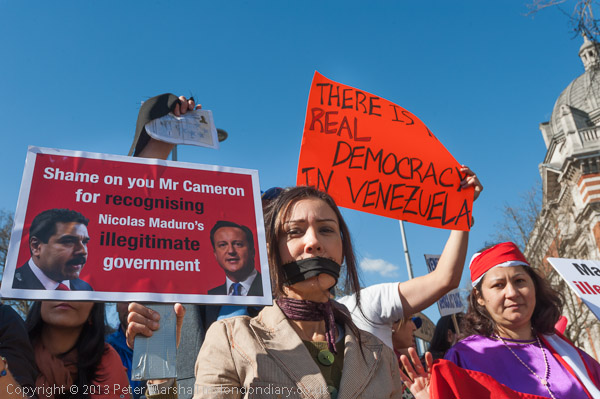
As that protest drew to a close I hurried back to South Kensington, where both sides had increased in numbers, with many more of the opposition to Maduro having turned up and making a lot of noise. Most Venezuelans working in the UK are from the middle classes who feel threatened by the popular reforms that President Chavez brought in, and they had come to make their opposition clear.
But although they had the numbers, the supporters of Maduro – for me at least – had the winning argument. Although the margin by which Maduro won was smaller than expected, it was still a majority, and rather more convincing than that by which many other democratic leaders have been elected in recent years. More in Stand Off at Venezuelan Embassy.
From my original five stories, I’d only managed to cover two. It isn’t unusual to find the occasional event that only exists in the imagination of those posting the details on the web, or that turns out not to be worth covering, but things are not usually that bad. Fortunately it’s also not unusual in London to find things happening that I knew nothing about as I’d done on this occasion, and I felt quite pleased with my day despite the disappointments.
Continue reading Down Three, Up One
